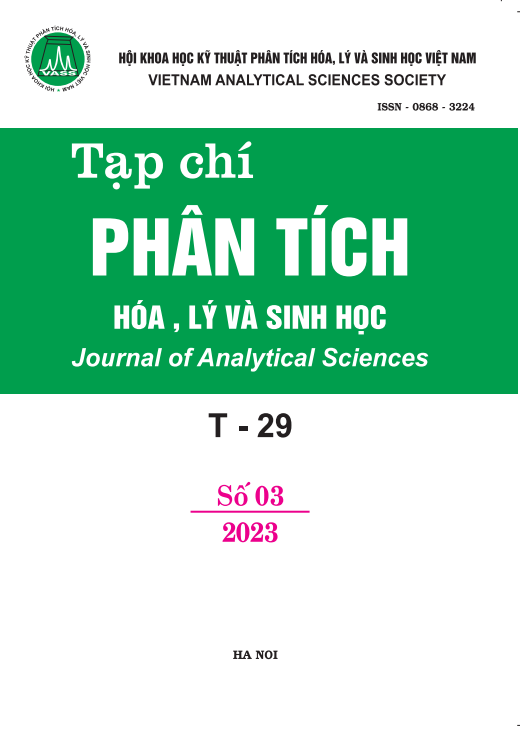NGHIÊN CỨU CHẾ TẠO HỆ VI KIM VẬT LIỆU POLYVINYLACOHOL BẰNG PHƯƠNG PHÁP KHẮC LASER TẠO KHUÔN
Tóm tắt
Microneedles (MN) offer an attractive, painless, and minimally invasive approach for drug delivery through
the skin. In this study, we describe a method for fabricating MN molds with controlled microstructures.
Microfabrication using laser ablation was employed to create patterns on the surface of PDMS sheets to
obtain MN molds, which were then replicated twice to produce PDMS molds and used with PVA material
for micro-needle fabrication. During the fabrication process, the microstructure of the MN molds was
controlled by varying laser parameters. The resulting MNs produced from these molds had dimensions of
approximately 1500 µm and could withstand forces ranging from 0.77 N to 0.93 N. Additionally, different
concentrations of PVA were investigated to determine the optimal conditions for fabricating micro-needle
systems with suitable mechanical properties. The study also assessed the characteristics of the microneedle
system, such as durability and effective drug delivery capability. The results demonstrated that at a PVA
concentration of 10%, the microneedles exhibited the best characteristics. The findings have shown the
feasibility of using PVA microneedles for drug distribution, offering a promising solution to address the
limitations of conventional drug delivery methods.

